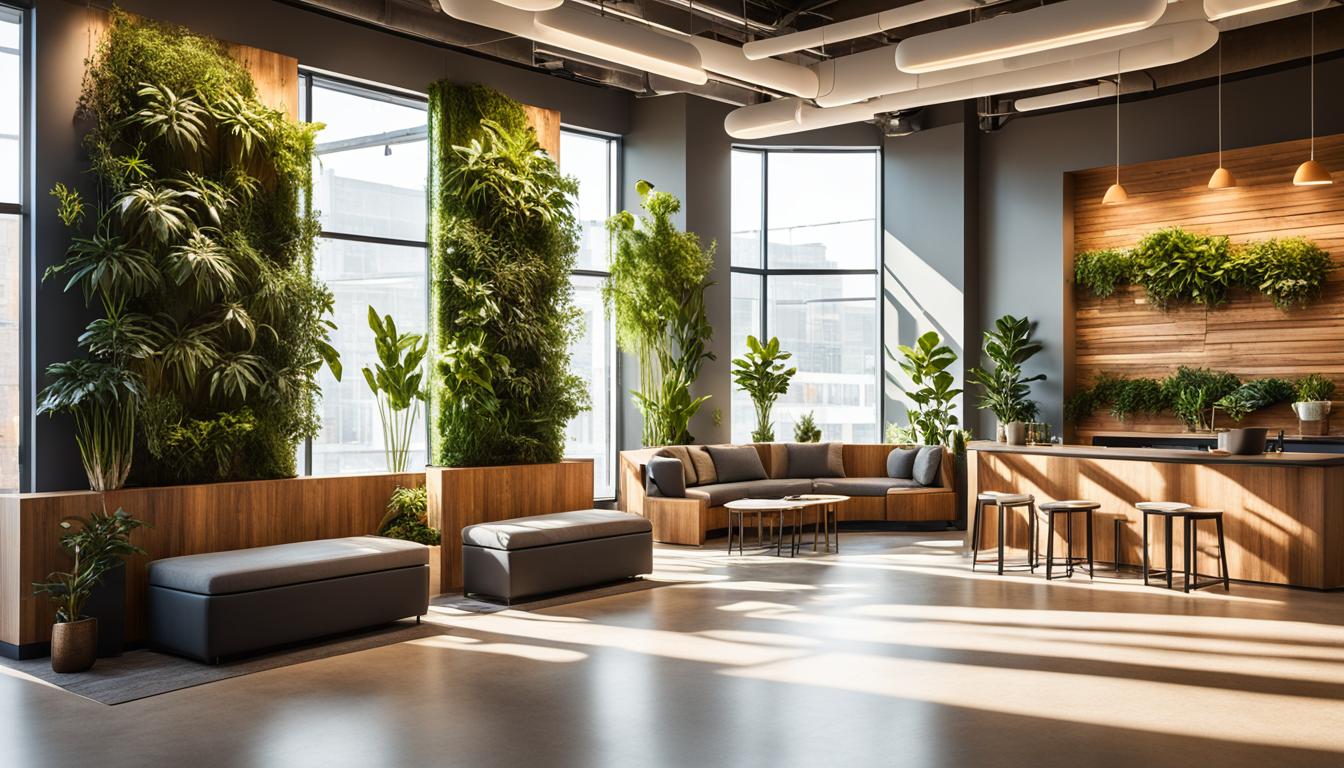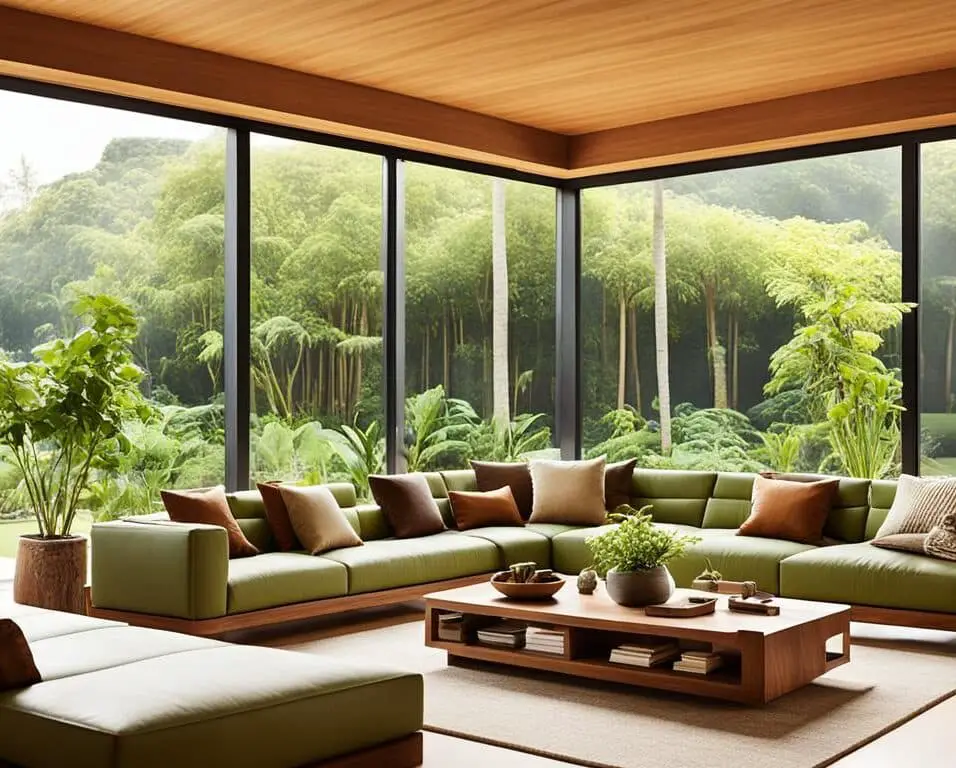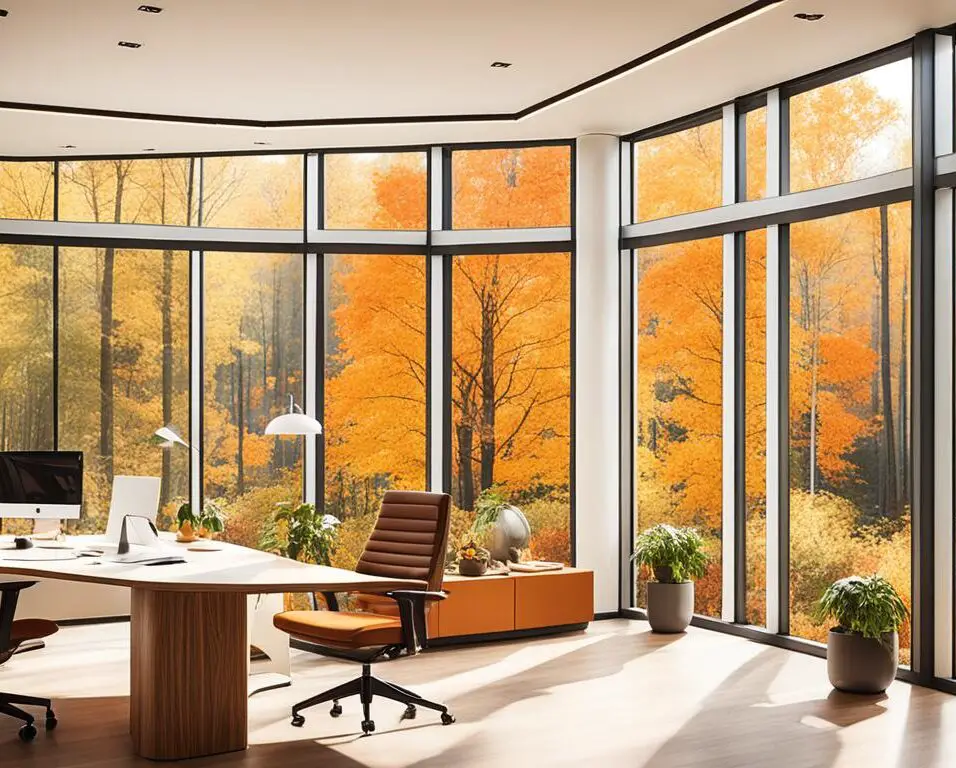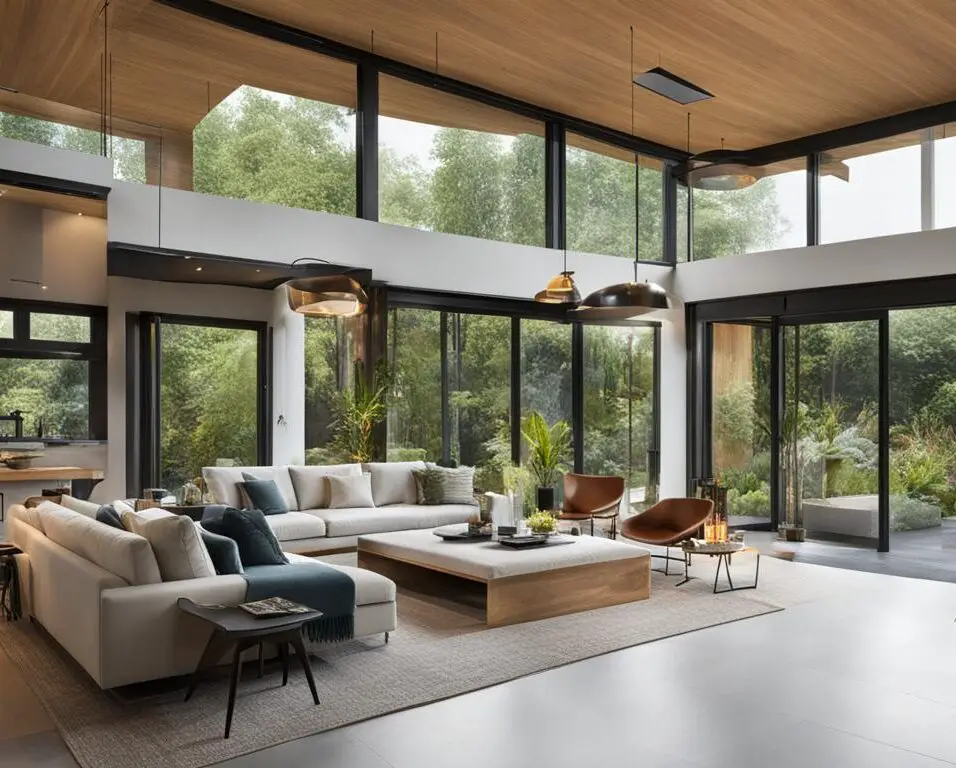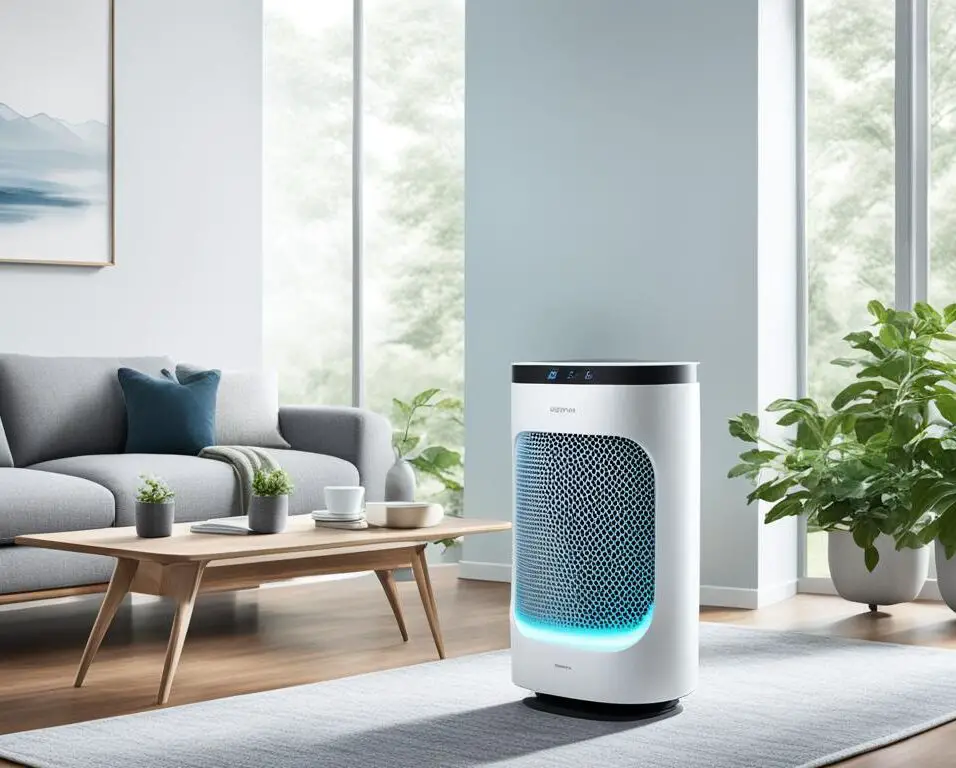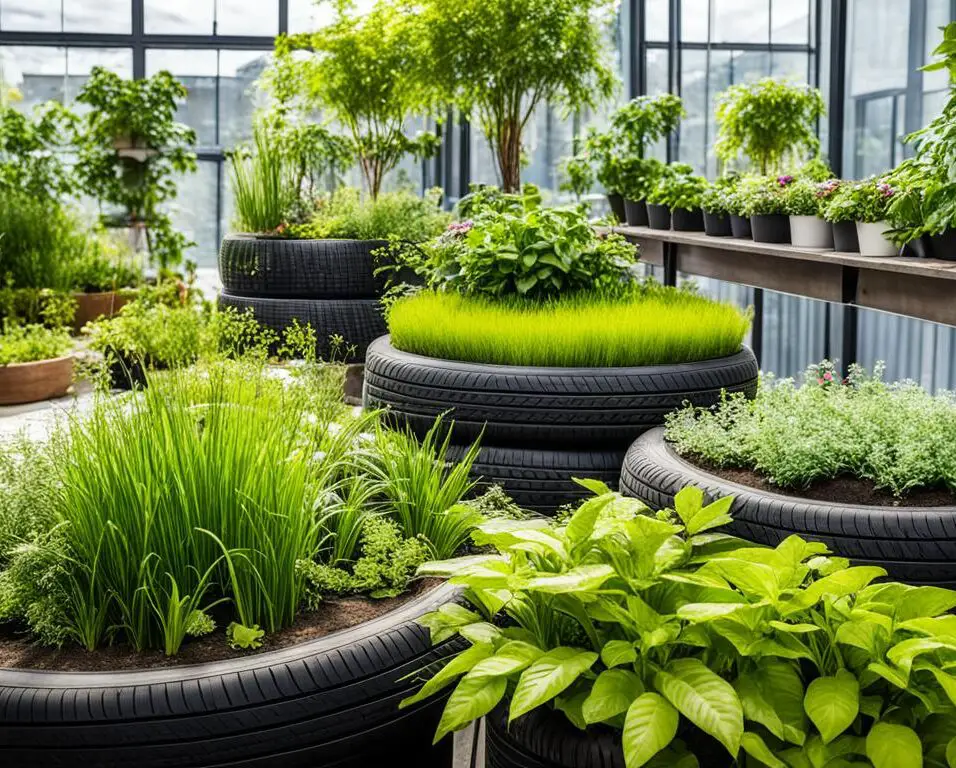Illuminating Wellness: The Benefits of Natural Light in Biophilic Design
Natural light in our living spaces has a profound impact on our well-being and connection to nature. Incorporating natural light in biophilic design not only enhances the aesthetics of our environments but also promotes a sense of peace, balance, and holistic wellness.
According to Martin Döller, the founder of One to One Studio, light has the power to transform how we live, sleep, and connect with our surroundings. It is an experience that can uplift our spirits and improve our overall quality of life.
As we embrace the importance of natural light, a trend is emerging in 2024 known as experiential lighting. This innovative approach combines and layers different types of lighting to create captivating and dynamic spaces. By integrating sustainable lighting solutions inspired by nature, such as fixtures made from organic materials like wood and glass, designers are blurring the lines between indoor and outdoor environments.
There is also a shift in lighting design towards using less artificial light, emphasizing contrasting shadows, and opting for warm glows. By doing so, designers create an intimate ambiance that promotes relaxation and inner peace.
Key Takeaways:
- Natural light in biophilic design enhances well-being and fosters a connection to nature.
- Experiential lighting combines different types of lighting to create captivating spaces.
- Sustainable lighting solutions inspired by nature blur the lines between indoor and outdoor spaces.
- Using less artificial light and creating contrasting shadows enhances the ambiance of living spaces.
- Embracing natural light in biophilic design promotes relaxation, inner peace, and holistic wellness.
The Future of Lighting Design: Experiential Lighting and Sustainable Solutions
Experiential lighting is revolutionizing the field of lighting design, steering away from traditional functional lighting and embracing the power of creating emotional experiences. As lighting designers, my goal is to go beyond simply illuminating a space; I aim to create an immersive environment that sparks emotions and engages the senses.
One of the key aspects of experiential lighting is the combination and layering of different types of lights. By incorporating various lighting techniques, such as task lighting, indirect ambient glow, and theatrical drama, I can shape the atmosphere and evoke specific moods in a space. This interplay of light sources adds depth and character to the design, making it more visually captivating.
In parallel with the rise of experiential lighting, sustainable lighting solutions are gaining traction in the industry. Designers are increasingly focusing on eco-conscious and ethical practices, utilizing organic materials like wood, woven fibers, and glass in their creations. By incorporating sustainable materials, we not only reduce our environmental footprint but also bring a touch of nature indoors, blurring the boundaries between indoor and outdoor spaces.
“Lighting is not just about functionality; it’s about artistry and mindfulness towards the planet we inhabit,” says renowned lighting designer Jenna Anderson. “By choosing sustainable lighting solutions and organic materials, we create a harmonious relationship between technology and nature, promoting both aesthetic appeal and environmental responsibility.”
The Rise of Contrasting Shadows
In the realm of lighting design, there is a growing trend towards using less light and embracing contrasting shadows. By strategically placing light sources and creating areas of darkness, I can highlight and emphasize important elements of a space, while simultaneously adding an element of mystery and intrigue. This play of light and shadow contributes to an overall sense of balance and depth in the design.
A Sustainable Balance Between Technology and Nature
The future of lighting design lies in finding a sustainable balance between technology and nature. The integration of concealed light sources and innovative lighting systems allows for flexibility and adaptability. Lighting fixtures are becoming more dynamic, with the ability to adjust color temperature, intensity, and even mimic natural daylight. This responsiveness to the environment and user needs ensures that lighting design continues to evolve towards a more holistic and personalized experience.
By incorporating experiential lighting and sustainable lighting solutions, designers can create spaces that not only captivate and inspire but also contribute to our well-being and the health of our planet. As the demand for experiential lighting grows, it is crucial for designers to embrace sustainable practices and harness the power of lighting design to create a brighter future for us all.
The Role of Lighting in Wellness and Balance
Lighting plays a significant role in promoting wellness and balance in our living spaces. By aligning lighting with circadian rhythms, which regulate our sleep-wake cycle, we can enhance sleep quality and emotional well-being.
Homes are being designed as retreats that nurture overall health, with lighting as a key component. Adaptive and sensorial lighting systems are being used to create optimal environments that respond to our needs. These intelligent lighting systems, combined with biophilic principles and artistic design, not only illuminate spaces but also enrich lives and foster a profound sense of well-being.
“Light has a powerful impact on our perception and well-being. It can influence our mood, energy levels, and even our productivity.”
The integration of lighting, technology, and nature is paving the way for a future where lighting contributes to our overall health and connection to the natural world.
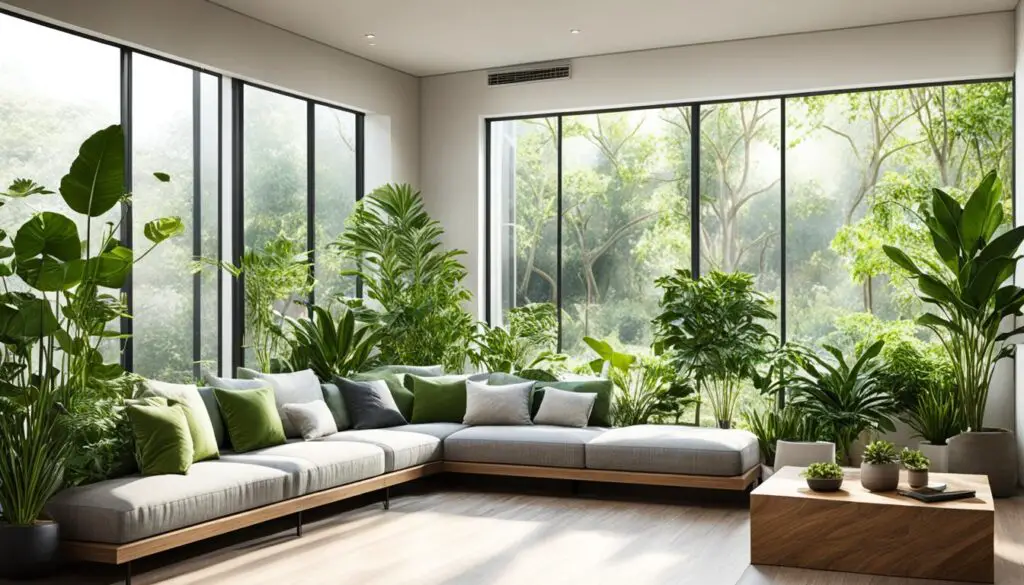
The Benefits of Lighting Aligned with Circadian Rhythms
Aligning lighting with circadian rhythms has numerous benefits for holistic well-being. It not only improves sleep quality by promoting a natural sleep-wake cycle but also influences our emotional and mental wellness. Exposure to bright, cool-toned light during the day stimulates alertness and focus, while warmer, dimmer light in the evening signals the body to wind down and prepare for restful sleep.
Biophilic Lighting for a Connection to Nature
Biophilic lighting design aims to bring the beauty and tranquility of nature into our indoor spaces. By incorporating elements such as natural light, views of nature, or light fixtures inspired by organic shapes, we can create a harmonious environment that reduces stress, improves mood, and enhances overall well-being.
Artistic Design and Emotional Impact
Lighting is not only functional but also a form of art that can elicit powerful emotions. By carefully selecting lighting fixtures, controlling light intensity, and using techniques such as lighting layers and color temperature, we can create visually stunning spaces that evoke specific feelings and moods. From vibrant and energetic to calm and relaxing, lighting design has the power to transform the atmosphere of any room.
The Future of Lighting and Wellness
As technology advances, intelligent lighting systems will continue to evolve, allowing for more personalized and adaptive experiences. The integration of lighting with other smart home technologies will enable us to create customized lighting scenarios that suit our individual needs and preferences. Furthermore, the incorporation of biophilic design principles and sustainable lighting solutions will contribute to a more holistic approach to well-being in our living environments.
Sustainable Practices in Health Care Design
Sustainable health care design is a crucial aspect of creating environmentally friendly and energy-efficient facilities that prioritize patient comfort. By incorporating sustainable practices, health care facilities can not only reduce their negative impact on the environment but also improve the overall well-being of patients and staff.
Integrating Renewable Energy Sources
One key element of sustainable health care design is the integration of renewable energy sources. By harnessing the power of solar, wind, or geothermal energy, health care facilities can significantly reduce their reliance on fossil fuels and decrease their carbon footprint. Renewable energy systems can provide clean and sustainable power for lighting, heating, cooling, and other energy-intensive operations within the facility.
Implementing Daylighting Solutions
Daylighting, the practice of maximizing natural light in a building, is not only energy-efficient but also has several benefits for patient well-being. By optimizing the design of windows and skylights, health care facilities can bring in an abundance of natural light, reducing the need for artificial lighting during the day. Daylighting has been shown to enhance mood, promote healing, and regulate sleep patterns, ultimately improving patient outcomes and experience.
Incorporating Vegetation and Green Spaces
The inclusion of vegetation and green spaces in health care design has numerous benefits both for the environment and the well-being of patients and staff. Indoor plants not only enhance air quality by absorbing pollutants but also create a calming and pleasant environment. Outdoor green spaces provide a connection to nature, allowing patients to experience the healing effects of the natural world. These green spaces can also help with stormwater management, reducing the burden on municipal water systems.
Recycling Rainwater for Plumbing Needs
Water conservation is another important aspect of sustainable health care design. By implementing rainwater harvesting systems, facilities can collect and store rainwater for non-potable uses such as irrigation, flushing toilets, and cleaning. This reduces the strain on freshwater supplies and contributes to overall water conservation efforts.
Passive Solar Strategies and Energy-Efficient Systems
Passive solar strategies, such as strategic building orientation and the use of shading devices, can help regulate temperature and reduce the need for HVAC systems. Energy-efficient systems and appliances, including efficient lighting fixtures and equipment, can significantly reduce energy consumption within the facility. By optimizing energy efficiency, health care facilities can minimize their ecological footprint and lower operational costs.
Overall, sustainable health care design encompasses a holistic approach to facility planning that prioritizes energy efficiency, renewable energy, water conservation, and the well-being of patients and staff. By adopting these practices, health care facilities can contribute to a healthier environment while providing high-quality care to their patients.
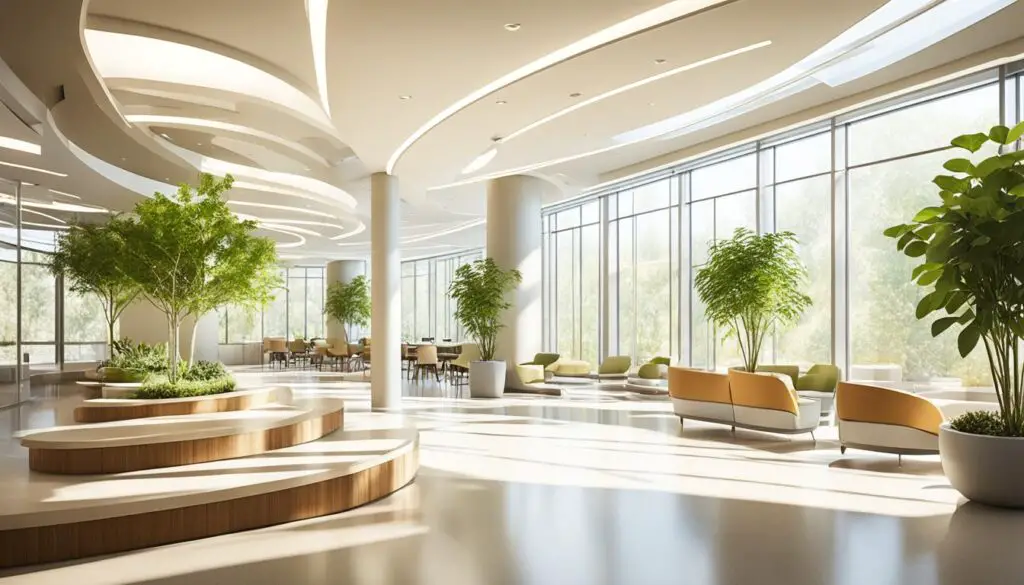
Conclusion
In conclusion, the incorporation of natural light in biophilic design has significant benefits for our overall well-being and connection to nature. The use of experiential lighting and sustainable lighting solutions is shaping the future of lighting design, focusing on creating emotional experiences and utilizing organic materials inspired by nature.
By optimizing lighting for wellness and aligning with circadian rhythms, we can enhance both the quality of our sleep and our emotional well-being. Additionally, sustainable practices in health care design, such as energy efficiency and water conservation, contribute to a more environmentally friendly and sustainable future.
By embracing natural light and incorporating sustainable design principles, we have the power to create living spaces that promote wellness, balance, and a deeper connection to the natural world. Through the implementation of biophilic design and sustainable lighting solutions, we can improve the quality of our lives while also preserving the planet for future generations.
FAQ
How does natural light benefit biophilic design?
Natural light enhances well-being and connects us to nature in our living spaces. It can change how we live, sleep, and connect.
What is experiential lighting?
Experiential lighting is a trend in lighting design that focuses on creating an emotional experience by combining and layering different types of lighting.
What are sustainable lighting solutions?
Sustainable lighting solutions are designs inspired by nature, using organic materials like wood and glass. They blur the lines between indoor and outdoor spaces.
How can lighting be optimized for wellness?
Lighting can be aligned with circadian rhythms to improve sleep quality and emotional well-being.
What is the future of lighting design?
The future of lighting design involves concealed light sources, flexible and dynamic lighting options, and a sustainable balance between technology and nature.
How does lighting contribute to wellness and balance?
By aligning lighting with circadian rhythms, we can enhance sleep quality and emotional well-being.
What is sustainable health care design?
Sustainable health care design aims to create environmentally friendly and energy-efficient facilities while improving patient comfort.
What are some sustainable practices in health care design?
Sustainable practices include integrating renewable energy sources, implementing daylighting solutions, incorporating vegetation and green spaces, and recycling rainwater for plumbing needs.
Source Links
- https://www.houseandgarden.co.za/design/trends/lighting-trends-that-illuminate-our-changing-relationships-with-lights-in-our-homes-378a22fa-0e39-4059-9071-8904acc15520
- https://finance.yahoo.com/news/sh-hotels-resorts-embarks-major-130000082.html
- https://gbdmagazine.com/sustainable-health-care-design-examples/



